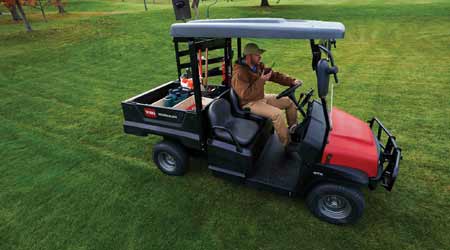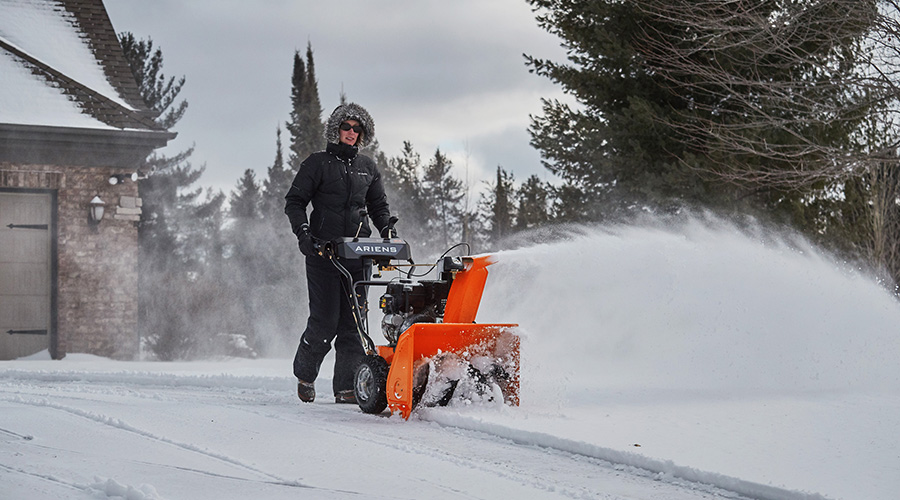 Beyond sustainability considerations related to emmissions, fuels and noise, managers purchasing new grounds equipment also need to select products that will deliver reliable, long-term performance.
Beyond sustainability considerations related to emmissions, fuels and noise, managers purchasing new grounds equipment also need to select products that will deliver reliable, long-term performance.Sustainability: Eye on Emissions
Advances in technologies designed to protect the environment give managers more tools to achieve performance and bottom-line goals.
Grounds managers responsible for the appearance of turf and landscaped areas around institutional and commercial facilities continue to face a host of challenges. Traditional issues centered on a squeeze on resources and finances.
Increasingly in the last decade, managers also have faced the growing demand for sustainability in grounds operations. As a result, they need to be certain they make smart purchasing decisions by assessing the environmental impact of powered equipment crews use to perform their daily tasks. The challenge can be difficult.
“Sustainability is a balancing act,” says Nick Minas, who is product manager with Deere & Co. “Many grounds care departments want to implement more sustainable practices and equipment, but that often comes with additional cost. Management teams will often assess the gains from sustainability versus the potential increase in cost to make decisions that are right for their organization.”
When it comes to specifying mowers, utility vehicles and power hand tools that crews use, managers need to focus on three key considerations — emissions, fuels, and noise.
Eye on emissions
In recent years, managers in the market for new equipment have seen drastic technology advances related to the impact of mowers and utility vehicles crews use. When it comes to limiting emissions from these vehicles, the driving force for change has been U.S. Environmental Protection Agency (EPA) Tier 4 standards that regulate emissions from diesel-powered engines.
“A lot of what has driven the technology that we have seen come out in recent years was compliance with the EPA Tier 4 Regulations,” says Josh Friell, research scientist with The Toro Co. “That has driven a lot into the cleaner technology of these hybrid systems. By using that hybrid technology, people are seeing a 30 percent fuel savings in some cases.”
Engines that comply with EPA Tier 4 standards are more efficient and produce fewer emissions.
“Diesel engines continue to be the primary focus for reducing emissions,” says Mike Simmon, marketing specialist with The Grasshopper Co. “Not only are these diesel mowers cleaner than they have ever been due to improved engine technology, but using 50 percent less fuel per hour of use dramatically lowers emissions rates, too.”
Related Topics:














